Only 12 people—all Americans—have put their boots on the Moon. Today, however, NASA has no plans to send humans back to our pockmarked satellite. Instead, its space pioneers will shoot straight to Mars (and wave to the Moon as they pass it by).
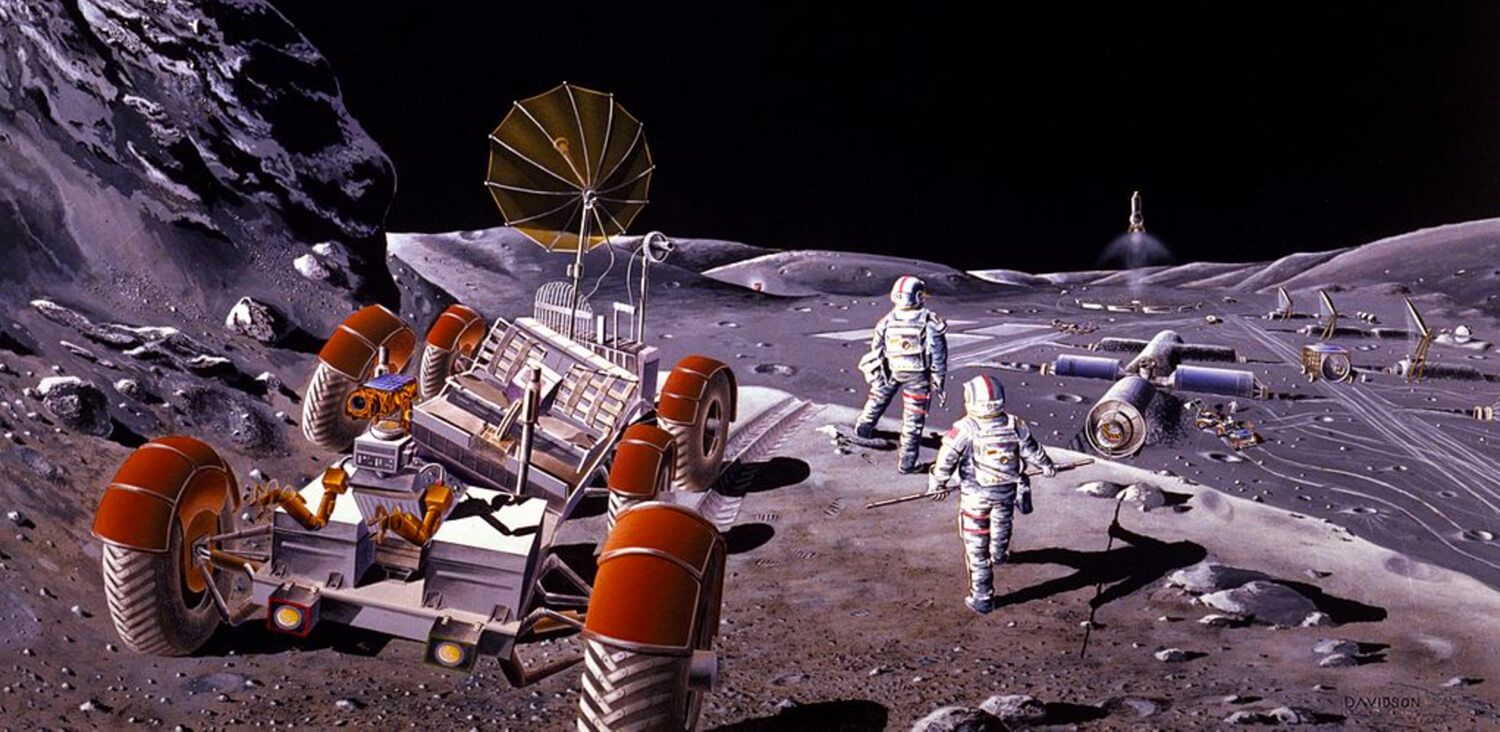

Only 12 people—all Americans—have put their boots on the Moon. Today, however, NASA has no plans to send humans back to our pockmarked satellite. Instead, its space pioneers will shoot straight to Mars (and wave to the Moon as they pass it by).
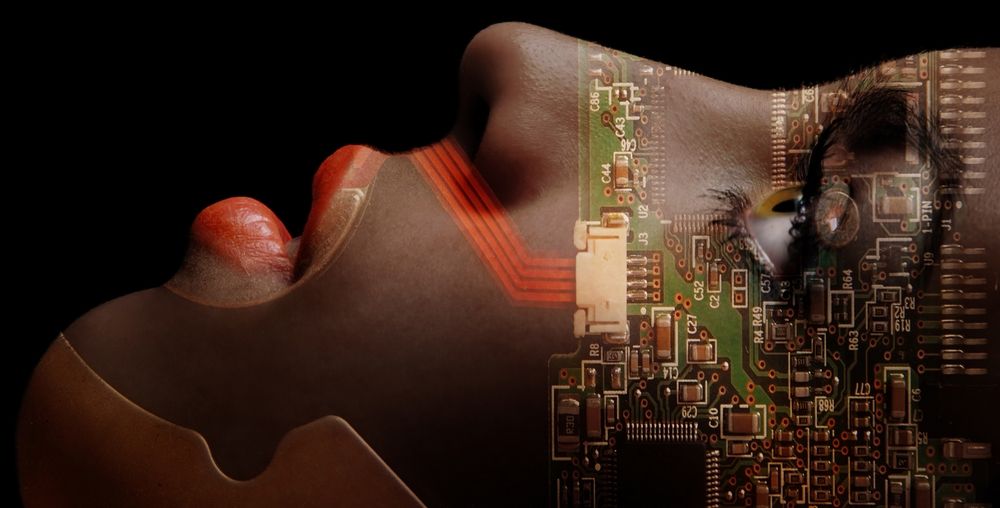
A company has announced its intention to resurrect the dead by storing their memories and using artificial intelligence to return them to life. In the future, of course.
Yeaaaaaah. What?
The company is called Humai, and at the moment, it is pretty sparse on details – and we’re still not sure it’s not a marketing ploy or a hoax. At any rate, the company says they want to store the “conversational styles, behavioral patterns, thought processes and information about how your body functions from the inside-out” on a silicon chip using AI and nanotechnology, according to their website.
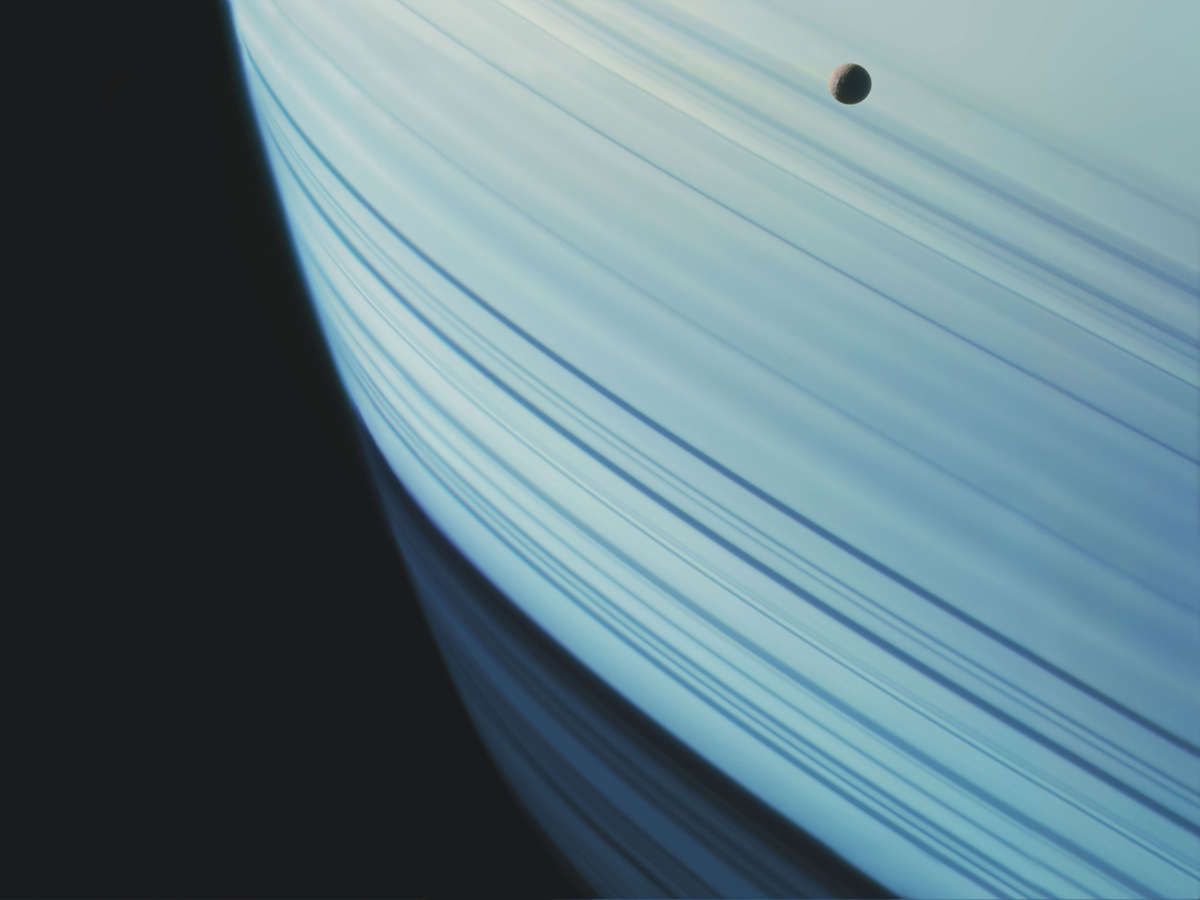
“Instead of buying photos of our solar system, artist Michael Benson decided to create his own—and to do it better. The longtime space aficionado learned to piece together mosaics by combining hundreds of NASA images into one planetary landscape. Spacecraft typically record in various color filters to see different elements of the same view. By overlaying them, Benson creates a detailed, true-color picture of the cosmos.”

“When the world’s smartest researchers train computers to become smarter, they like to use games. Go, the two-player board game born in China more than two millennia ago, remains the nut that machines still can’t crack.”
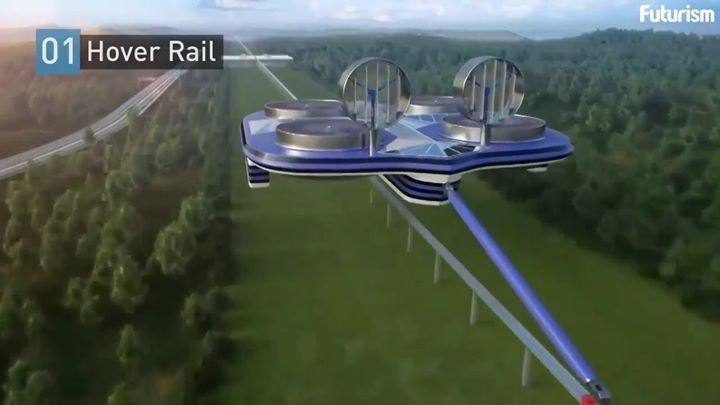
Future of Transportation — Concept Vehicles.
Here’s how the next generation will travel — flying cars, hover rails, the hyperloop, and more…

https://www.youtube.com/watch?v=VVA34lM3-OY&feature=youtu.be
Derek Muller of ‘Veritasium’ explores the impact of the Northeast blackout of 2003 and the innovations in energy that are essential to keeping the lights on. For more on the future of energy, check out Breakthrough’s ‘Energy on the Edge’ episode on the National Geographic Channel airing Sunday 11/29 at 9/8c.
Check Out Veritasium’s ‘How Long Will You Live’: http://bit.ly/21fLyDN
GE works on things that matter. The best people and the best technologies taking on the toughest challenges. Finding solutions in energy, health and home, transportation and finance. Building, powering, moving and curing the world. Not just imagining. Doing. GE works.
Connect with GE Online:
Visit GE’s Website: http://invent.ge
Find GE on Google +: http://invent.ge/1dPUUN5
Find GE on Tumblr: http://invent.ge/17syCNf
Find GE on Facebook: http://invent.ge/1929rzT
Follow GE on Twitter: http://invent.ge/XJAX15
Follow GE on Pinterest: http://invent.ge/16JjInY
Follow GE on Instagram: http://invent.ge/1a9XZGb
Find GE on LinkedIn: http://invent.ge/1gtUi3e
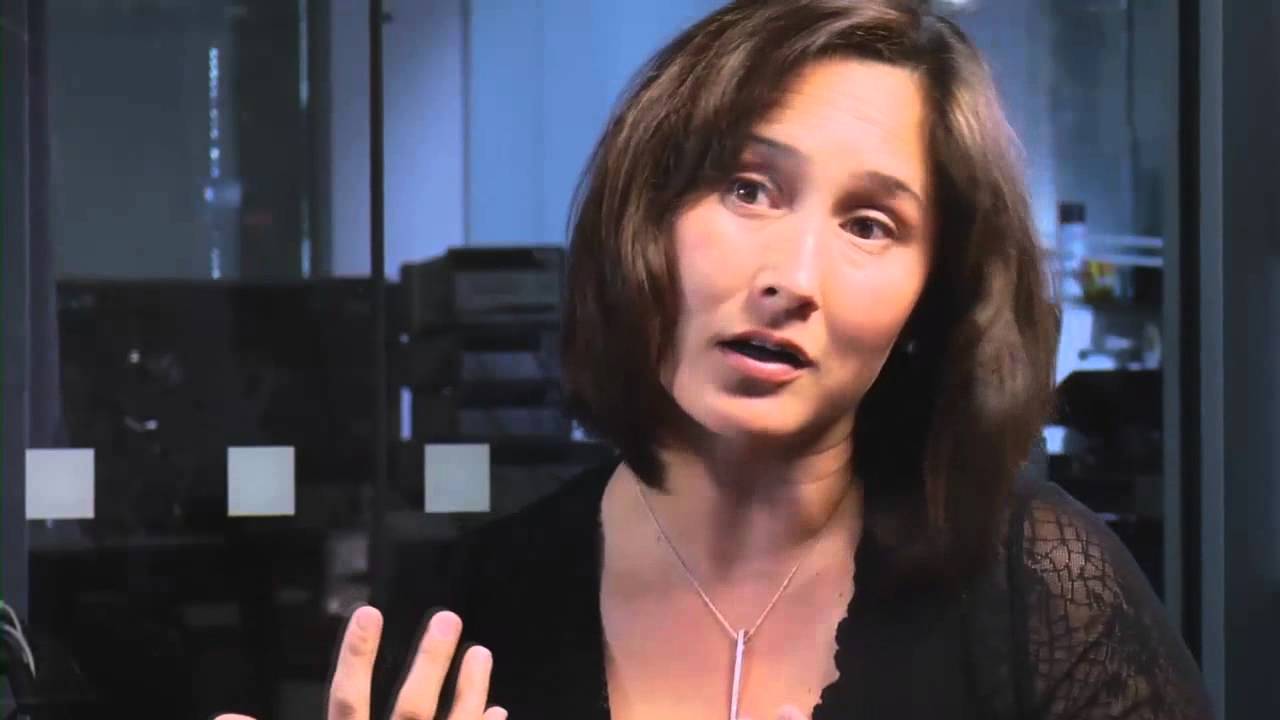
Ray Kurzweil: https://en.wikipedia.org/wiki/Ray_Kurzweil#Health_and_aging
Raymond “Ray” Kurzweil is an American author, computer scientist, inventor and futurist. Aside from futurology, he is involved in fields such as optical character recognition (OCR), text-to-speech synthesis, speech recognition technology, and electronic keyboard instruments. He has written books on health, artificial intelligence (AI), transhumanism, the technological singularity, and futurism. Kurzweil is a public advocate for the futurist and transhumanist movements, and gives public talks to share his optimistic outlook on life extension technologies and the future of nanotechnology, robotics, and biotechnology.
Kurzweil admits that he cared little for his health until age 35, when he was found to suffer from a glucose intolerance, an early form of type II diabetes (a major risk factor for heart disease). Kurzweil then found a doctor (Terry Grossman, M.D.) who shares his non-conventional beliefs to develop an extreme regimen involving hundreds of pills, chemical intravenous treatments, red wine, and various other methods to attempt to live longer. Kurzweil was ingesting “250 supplements, eight to 10 glasses of alkaline water and 10 cups of green tea” every day and drinking several glasses of red wine a week in an effort to “reprogram” his biochemistry. Lately, he has cut down the number of supplement pills to 150.
Facebook: https://www.facebook.com/agingreversed
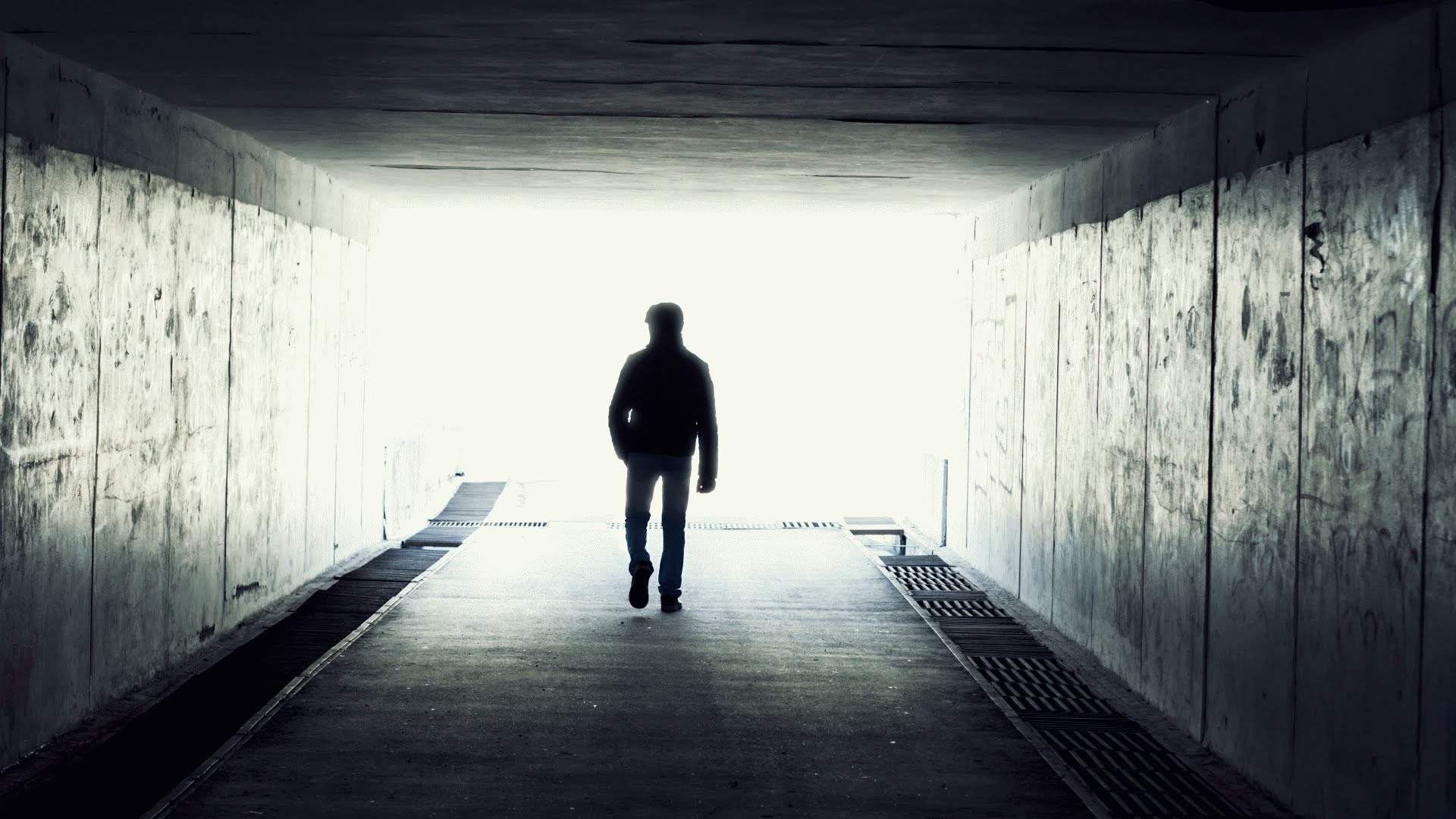
https://www.youtube.com/watch?v=91M98WRqHJQ
Humai, a Los Angeles-based tech company, is hoping to bring back the dead within 30 years. A Los Angeles-based technology company has a goal of bringing dead people back to life within the next 30 years. Humai’s official website states that artificial intelligence and nanotechnology are being used to analyze human processes, and the creation of “an artificial body” is in the works. Once the artificial body has been perfected, the member’s brain, which will have been preserved through cryonics after death, will be implanted to direct movement and function. Helping the integration will be the extensive information the company gained while tracking each person for years during his or her life, according to the company’s founder and CEO Josh Bocanegra. An artificial intelligence app will retain the voice, personality, and behavioral patterns of each person and deploy as needed. This app is expected to launch among the membership by 2017. Aiding in this pursuit is the nanotechnology Humai is assisting in developing, which “will repair the cells destroyed in the brain after death.” The company, which employs five people total, is thus far self-funded but may be open to investments in the near future.

Researchers from Stanford have advanced a long-standing problem in quantum physics – how to send “entangled” particles over long distances.
Their work is described in the online edition of Nature Communications.
Scientists and engineers are interested in the practical application of this technology to make quantum networks that can send highly secure information over long distances – a capability that also makes the technology appealing to governments, banks and militaries.
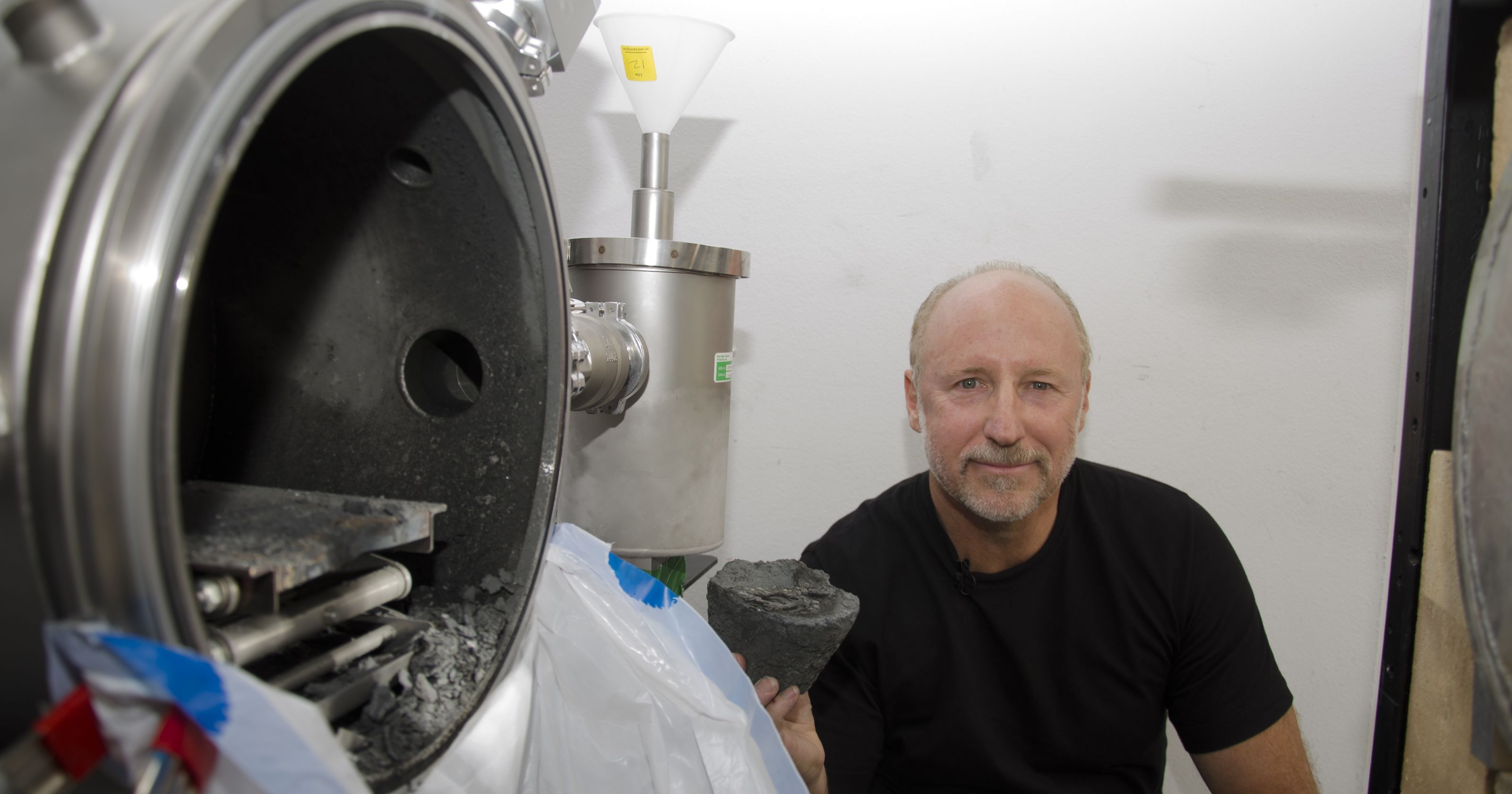
A new method of mining asteroids for rocket fuel and water was successfully tested at White Sands Missile Range Nov. 13.